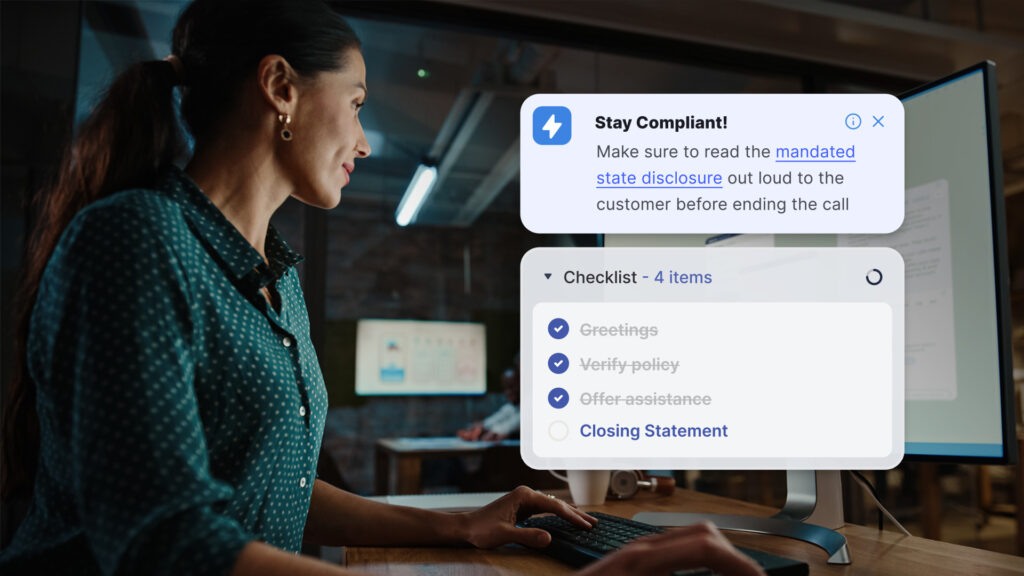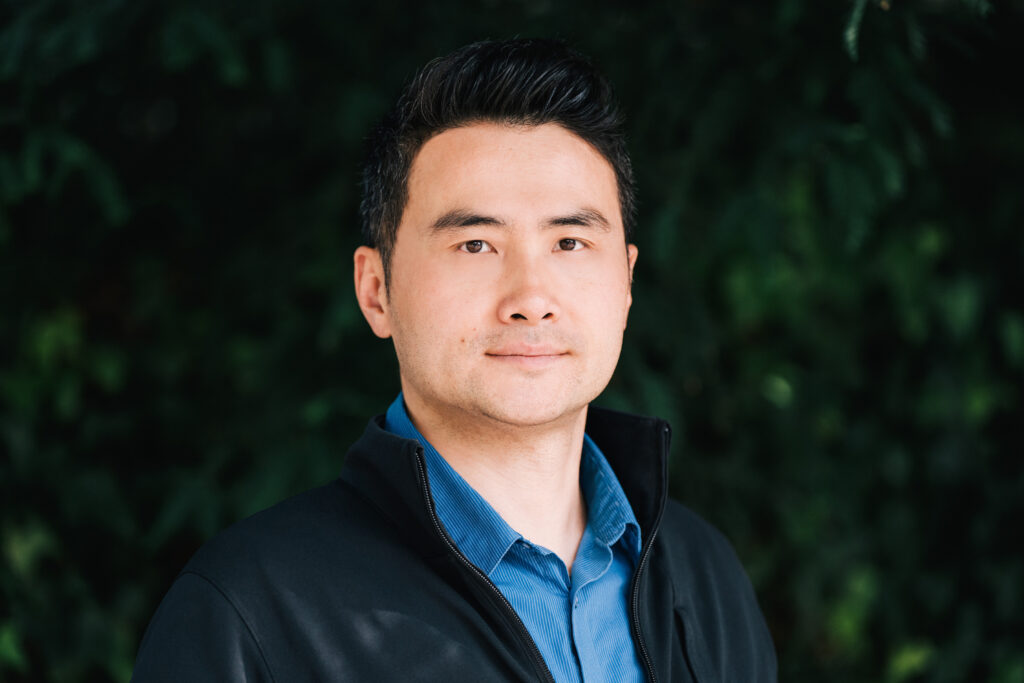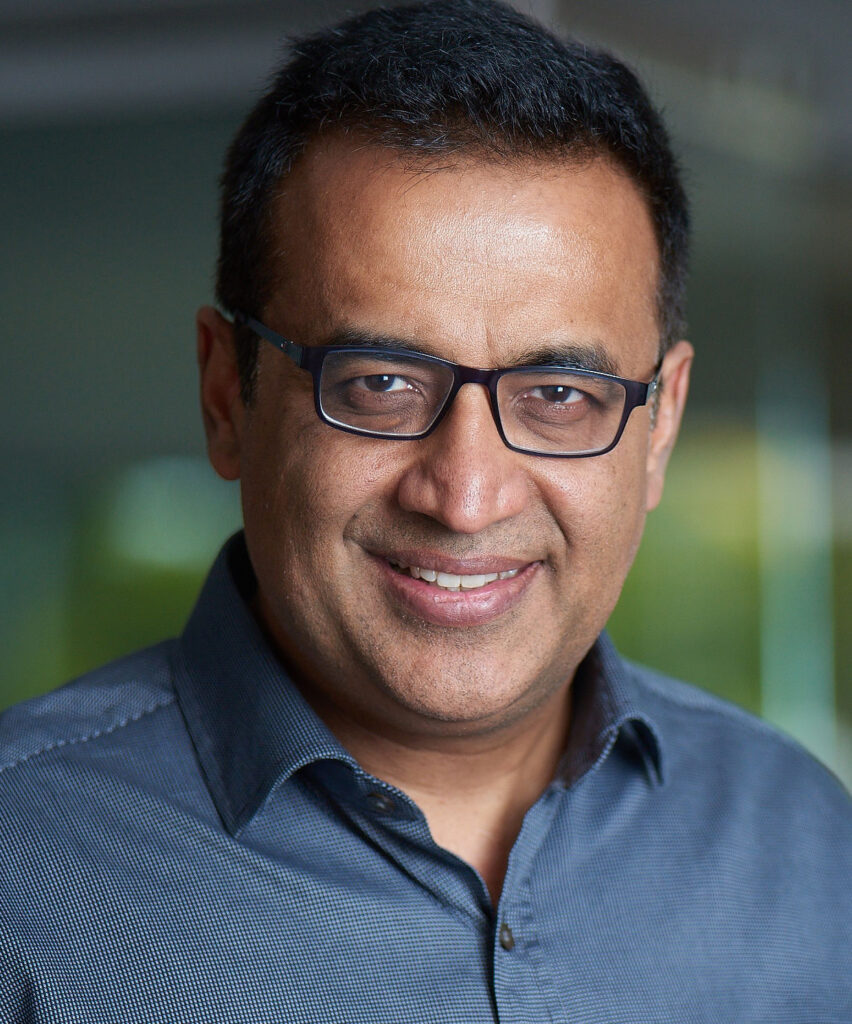
The rollout of 5G is radically expanding the capabilities of wireless communication. The founders of Celona believe that nowhere will that be more true than in the enterprise. The high speeds, low latency, and tremendous reliability of 5G will enable companies for the first time to deploy private wireless networks for mission-critical applications in a cost-effective way.

Rajeev Shah, Celona’s co-founder and CEO, started his career working on cloud Wi-Fi at Aruba Networks and then led product management and marketing for Federated Wireless, a leader in shared spectrum. Mehmet Yavuz, Celona’s co-founder and CTO, worked in research and development at Qualcomm Incorporated before serving as CTO at Ruckus Wireless. The two built a friendship through an industry trade group and saw that their combined expertise could help them fill a significant gap in enterprise wireless connectivity.
We recently spoke to Shah and Yavuz about their backgrounds, what they’ve learned about succeeding in today’s startup environment, and why 5G is poised to revolutionize private wireless for the enterprise.
We’d like to start by learning about your journey to founding Celona together. How did you meet? What made you decide to work together?

Rajeev Shah: In previous roles, when Mehmet was working in R&D at Qualcomm, and I was leading products and marketing at Federated Wireless, we were both involved in what was then a super small community of people focused on private wireless networks and the spectrum band that would enable them, called Citizens Broadband Radio Service, or CBRS. Through a group called the CBRS Alliance, we got a chance to start interacting, and over three-plus years it became obvious that both of us were excited and passionate about the opportunity to bring these technologies to businesses.
That’s when you both saw the market opportunity to develop a private cellular solution for the enterprise.
RS: Both of us are wireless industry veterans, but I come from the enterprise Wi-Fi side, and Mehmet comes from a cellular network background. We both saw a number of market trends converging to set the stage for private 5G. Things like the decomposition of cloud services to the edge of the enterprise infrastructure, the enterprise-centric capabilities of 5G, and the increasing volume of wireless use cases for which Wi-Fi was not appropriate.
Mehmet Yavuz: It had been clear for a long time that we have the same passion. Then, taken together, these trends showcased the need for a solution set that simply didn’t exist. Enterprise is the place where private 5G will happen. When we saw CBRS spectrum availability on the horizon, I think we both had the proverbial light bulbs go on.
RS: And, quite honestly, after all the griping and moaning about seeing the same gaps in incumbent solutions all the times we met — and after a number of dinners together and enough wine — we eventually decided it was probably more productive to actually work on this idea together.
Help us understand why private cellular networks are important for the enterprise, what it offers that a Wi-Fi network doesn’t.
RS: First, you have to understand that demand for wireless capacity is not finite. Literally, there is demand for as much as we can provide. So it’s not a Wi-Fi vs. 5G question. Every customer we speak to says, “If you gave us both, we have applications that are ideal for both.” Their real question is whether we can give them both in a model that works for them.
Specifically, there are benefits cellular offers in its core DNA that Wi-Fi does not. Power levels that are allowed in cellular are higher, for example. So you’re always going to get better coverage and better rates. Even today, it will be cost-prohibitive to build pervasive Wi-Fi coverage in a manufacturing plant, simply because of how large those spaces are and how tough the environment is. But you can get affordable pervasive coverage with cellular.

Additionally, 5G has new capabilities. It’s ultra-reliable, with low latency. And every wireless technology in the world needs to become more reliable. 5G brings capabilities that give you that Wi-Fi reliability in wireless for the first time, that has just not existed with any other wireless technology.
Why did CBRS availability change the landscape?
MY: The auction of CBRS was, in some ways, the birth of this market in North America. The introduction of mid-band spectrum for unlicensed use is really what makes the private mobile network possible. This band represents the largest distribution of unlicensed spectrum since Wi-Fi, so this solves one of the critical issues in bringing private mobile networks to the enterprise, and more bands similar to CBRS opening up globally.
And how does the rollout of 5G technology on that CBRS spectrum drive the adoption of private wireless networks in the enterprise context?
MY: The most interesting aspects of 5G are driven by enterprise use cases. As Rajeev said, ultra-reliable low-latency communication (URLLC) capabilities lend themselves more to Industry 4.0 or other mission-critical applications that demand high reliability and very low latency. When you consider those capabilities as well as the needs of enterprises, it becomes clear that 5G and enterprise networking are a perfect fit.
Enterprises view their networks and data as strategic assets. The vast majority of them will want to have control over those assets in terms of security, IP issues, productivity, etc. As powerful as 5G is, it only becomes truly attractive in the context of a private network.
What’s the big opportunity for Celona right now? How are you uniquely positioned to capitalize on this market?
RS: We see private mobile networks first being deployed in what we call the “non-carpeted” enterprise first: outdoor campuses, warehouses, shipyards, ports, parking lots, factories, municipalities — anywhere that you need reliable connectivity for a mission-critical application. That said, I’ve been astonished by the sheer diversity of applications. Beyond Internet access, we’ve seen organizations connecting everything from parking meters to computer vision applications to automated guided vehicles. It’s been surprising how much interest we are seeing for such a young market.
MY: I think we’re uniquely positioned to attack this opportunity for several reasons. First, and most importantly, we designed our solution to be as easy to deploy and manage as a Wi-Fi network is now. Just about every other solution was designed with a large global operator in mind. We designed ours for an IT department to understand and operate. Second, we’re currently one of very few platforms that deliver everything you need to deploy a private mobile network, from an EPC to the RAN to the SIM cards themselves.
RS: And I think just as importantly, we’re committed to delivering our solution via the channels that IT are familiar with — enterprise channel VARs, MSPs, and the cloud providers.
MY: We’ve also developed some new technologies that will enable enterprises to take advantage of cellular technologies like LTE and 5G. Our micro-slicing technology is a good example, as it makes it incredibly easy for IT to assign prioritization to applications, devices, networks, and just about anything on an enterprise network. This is essentially carrier-grade network slicing made easy for IT.
What prevented enterprises from adopting cellular technology within their IT environments up to now?
RS: In addition to the lack of appropriate spectrum such as CBRS, the other two barriers were cost and complexity. Cellular systems designed for macro public networks are far out of reach of any but the largest enterprises. And they don’t make sense even for that class of enterprise. Second, the complexity of these systems makes them virtually unusable for enterprise IT. The skillset just isn’t there.
Are there misconceptions about the introduction of private wireless networks for enterprises?
MY: Perhaps the biggest is that private mobile networks will replace Wi-Fi. We don’t see that happening any time soon. Instead, these networks will complement one another and support different use cases. This is why a leader like Aruba Networks/HPE is willing to resell our technology in combination with their own best-in-class solutions.
What have you learned working on Celona about launching a successful tech startup today?
MY: Honestly, I had not worked at a startup before. It’s been an amazing learning experience for about two years now. And what I’ve really learned is that customer focus is critical. I realized that even if you have great technology, it means nothing if the end customer cannot use it. So you need to understand what the customer needs. What are the pain points? How do you make their lives easier and help them get to their goals? And that was a realization because I’d always simply believed in the technology.
RS: One of the important things in today’s environment is to think about the value you bring to an early customer or advisor. Even without the product, what value do you, as a person, as a founder, offer? Otherwise, why should they give you any time? You used to be able to say, “Hey, let’s have a meeting, and I can tell you about this new cool technology.” You’d have that meeting, get feedback on how you can add value to their life. But now, they can get that same education by doing a Google search. So you have to now really think hard, “What value am I bringing to the customer before I bring my product to the market?” That’s the only way to get their most valuable commodity, which is their time.
Who is the one person that’s most influenced you as an entrepreneur?
RS: Working this many years, you meet so many inspiring people. I spent my formative years at Aruba, so the founders of Aruba influenced me because I observed them up close. But we are a product of our experiences. Living in Silicon Valley, the level of exposure you get to other entrepreneurs, successful and also failed, is unprecedented. I find myself picking up ideas from random conversations on weekends, conversations with people who happened to be founders in completely different fields. I think this is an environment that is just conducive to that type of learning.
MY: I spent most of my career at Qualcomm. And I have to say, Irwin Jacobs, the Qualcomm founder, was the most influential for me as an entrepreneur. When I joined, it was already a well-established company, but it was still small enough that I was in the same building as Irwin. I would also have the opportunity to go into meetings and observe how he did things and how he approached problems. Of course, I already respected him immensely, but even more impressive for me was seeing how he took a key technology such as CDMA and grew a massive success against giant established companies of the time. And he was just a great soft-spoken person who acted as a model of integrity and respect for others to everyone around him.
What is the long-term vision for Celona? How does Celona see enterprise wireless networks transforming in the future?
RS: We can say without hyperbole that this is the beginning of a new era in enterprise networking. Our team is hard at work at making the instantiation of private mobile networks as easy as deploying cloud applications is today. Combined with ubiquitous spectrum to support 5G networks, that effectively means the ability to extend your business to virtually anywhere on demand. At that point, the only remaining obstacle is your own creativity.
To learn more, visit www.qualcommventures.com



